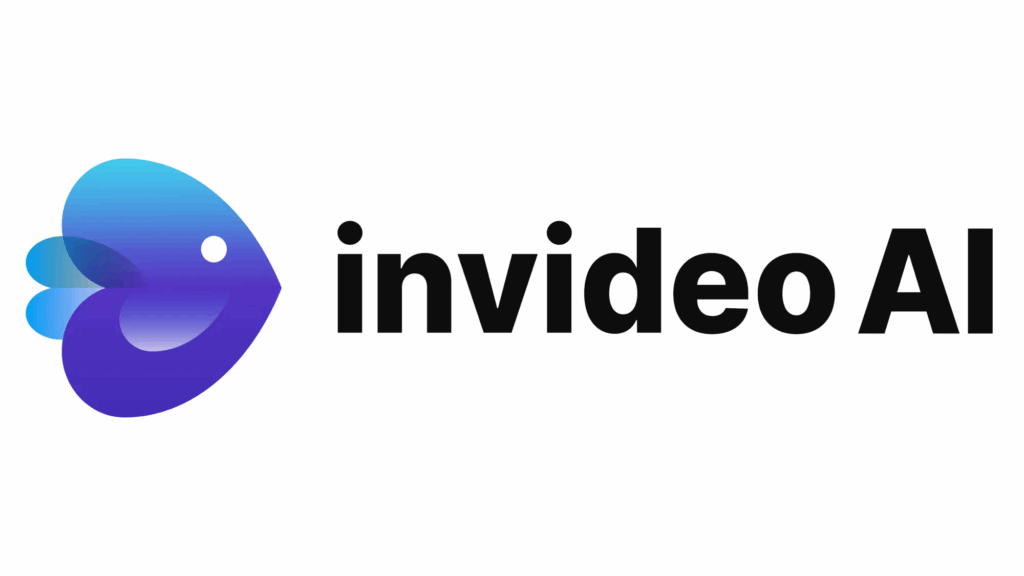Random Image Generator: How to Create, Use, and Explore Truly Random Images
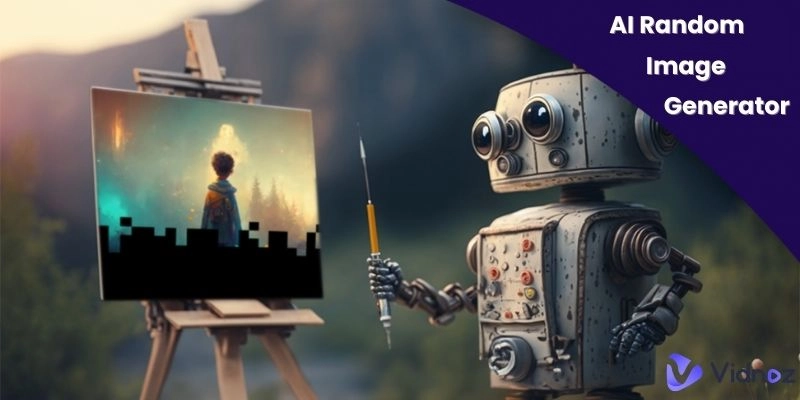
In today’s digital world, random image generators are becoming indispensable tools for designers, developers, educators, and creators who need quick, diverse visual content. Whether you’re seeking inspiration for a project or a placeholder image for web design, a random image generator offers endless possibilities.
What Is a Random Image Generator?
A random image generator is an online or software-based tool that automatically displays or generates random images. Some tools, such as Picsum Photos, pull images from pre-existing libraries, while others like DeepAI Text2Img use artificial intelligence to create completely new visuals from text prompts.
These tools can:
- Provide placeholder images for websites or applications.
- Inspire designers and writers with creative visuals.
- Generate random photos for testing, learning, or entertainment.
How Random Image Generators Work
Library-Based Random Image Generator
Library-based tools randomly select images from a predefined database.
Example — Lorem Picsum
Lorem Picsum is a popular placeholder image API that serves random photos in any resolution. Developers can call an endpoint like https://picsum.photos/200/300 to instantly retrieve a random image. It’s efficient, free, and perfect for design mockups.
Example — GeneratorMix
The GeneratorMix Random Image Generator sources random photos from Pixabay’s free image library. Users can refresh to get new visuals each time.
These tools don’t “create” images, they simply fetch from a pool of existing ones.
AI-Powered Random Image Generator
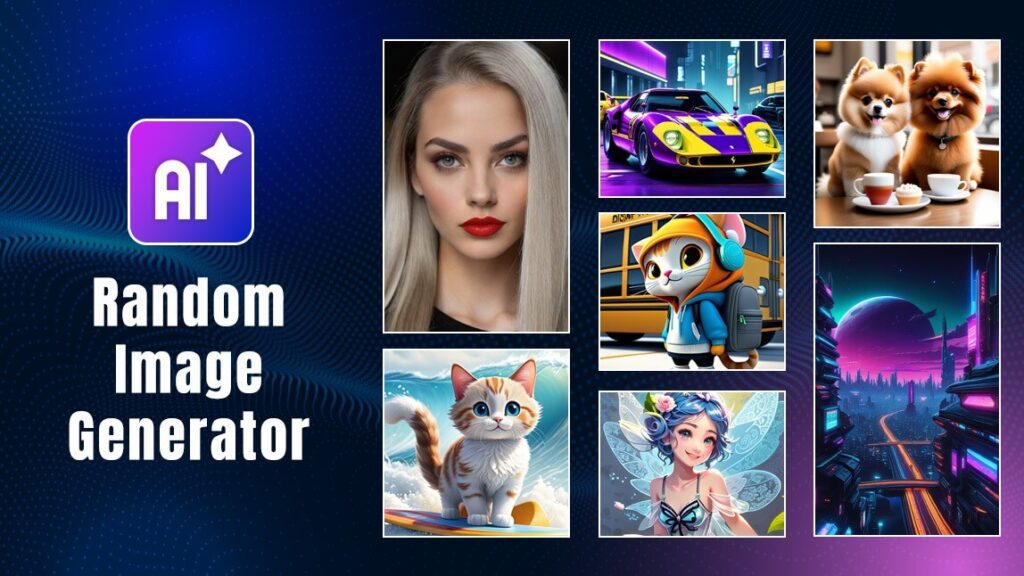
Artificial intelligence now powers the next generation of random image generators.
Example — DeepAI Text2Img
With DeepAI’s Text2Img, users can type in random prompts such as “surreal night cityscape” or “futuristic mountain village” to get unique, AI-generated visuals. The system uses machine learning models to interpret your text and render corresponding images, completely new each time.
Example — Canva Random Image Generator
Canva’s Random Image Generator integrates AI generation directly into the design suite. It’s ideal for marketers and creatives seeking design inspiration without manually browsing stock photos.
AI-based random image generators add flexibility, allowing users to generate visuals based on mood, theme, or even color tone.
User-Interactive and Custom Random Image Generator
Some tools let you upload your own images and randomize selection, great for presentations, classrooms, or games.
Picker Wheel Random Image Generator
At PickerWheel.com, users can upload personal images and spin a wheel to randomly pick one. It’s fun, interactive, and practical for random choices or contests.
ELT Buzz Random Images
ELT Buzz Random Images focuses on education and language learning. It presents random visuals that help learners practice vocabulary, storytelling, or conversation prompts.
This interactive style adds engagement, making random image generators valuable beyond technical use.
The Best Free Random Image Generator Tools (2025 Update)
Below are some of the most popular and functional tools currently trending in the U.S. SERP:
| Tool | Type | Key Features | Best For |
| Picsum Photos | Library/API | Free placeholders, customizable URLs | Developers |
| Random Picture Generator | Library | Random everyday images | Casual users |
| Random Word Generator – Picture Tool | Library | Over 1,000 random images | Educators, writers |
| GeneratorMix | Library | Free images from Pixabay | Bloggers |
| Canva Random Image Generator | AI | AI-generated inspirational visuals | Designers |
| DeepAI Text2Img | AI | Text-to-image neural model | AI enthusiasts |
| PickerWheel | Interactive | Upload + random selection | Educators |
| ELT Buzz | Educational | Random images for learning prompts | Teachers |
Each platform serves a slightly different purpose, covering everything from AI innovation to educational use and software development.
Building Your Own Random Image Generator
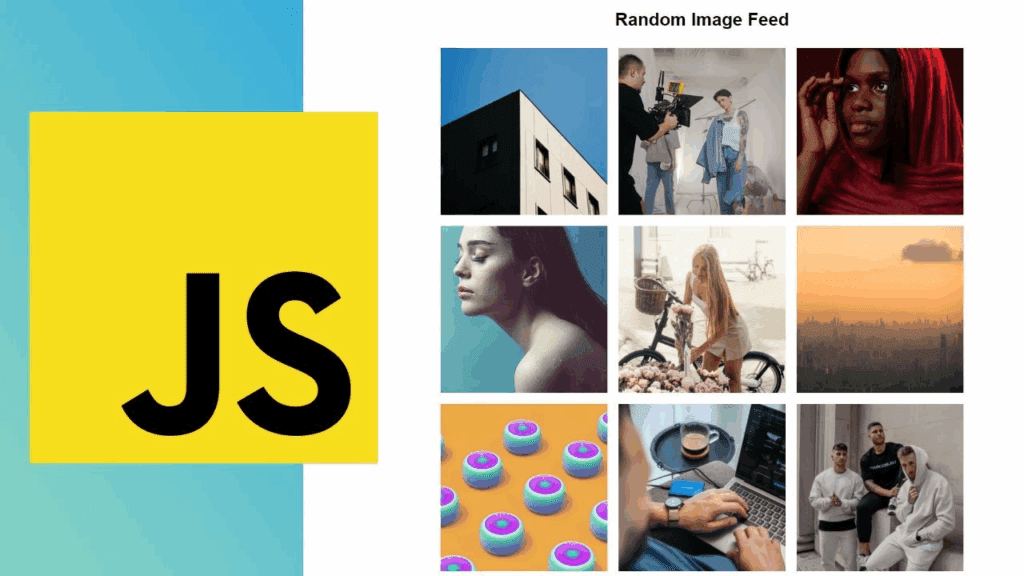
Developer’s Guide to Random Image Generator
Step 1 — Image Collection
Collect images from open sources like Pixabay, Unsplash, or personal libraries. Ensure they’re copyright-free.
Step 2 — Code Randomisation Logic
Use JavaScript or Python to randomly select an image each time a user visits or clicks a button. Example:
const images = [‘img1.jpg’, ‘img2.jpg’, ‘img3.jpg’];
const random = images[Math.floor(Math.random() * images.length)];
document.getElementById(‘img’).src = random;
Step 3 — Add an API (Optional)
Integrate APIs such as Lorem Picsum for dynamic, scalable random image fetching.
Step 4 — Optimise for Speed
Compress images and use caching to prevent lag, especially on mobile devices.
This do-it-yourself approach gives flexibility to developers who want custom randomization or control over the image source.
Use Cases and Applications of Random Image Generators
For Developers
Random image APIs such as Picsum simplify UI prototyping and design testing. They are vital for placeholders when building responsive layouts.
For Designers and Marketers
Tools like Canva and DeepAI offer instant visual inspiration for branding or content design. You can easily generate fresh ideas when you hit a creative block.
For Educators and Students
ELT Buzz and Random Word Generator’s picture tool help students learn through visual prompts, perfect for ESL and creative writing exercises.
For General Users
From spinning wheels to AI art, tools like PickerWheel and Random Picture Generator provide endless entertainment and novelty.
Legal and Ethical Considerations
Licensing and Copyright
Always check usage rights. AI-generated images might not always be safe for commercial use. Tools like GeneratorMix and Picsum use royalty-free libraries, but DeepAI and Canva may have additional terms.
Ethical AI Usage
AI random image generators must avoid biased or harmful outputs. Always monitor generated content, especially in public or educational contexts.
Emerging Trends in Random Image Generators
AI and Text-to-Image Growth
The rise of AI models (like DeepAI and DALL-E) continues to transform the way random images are generated, turning text into lifelike visuals.
Increased Customisation
Expect more user control: adjustable randomness, mood filters, and even hybrid modes combining AI and stock imagery.
Cross-Platform Integration
Canva and other design tools are embedding random image generators directly into creative workflows.
Using VidAU As a Random Image Generator
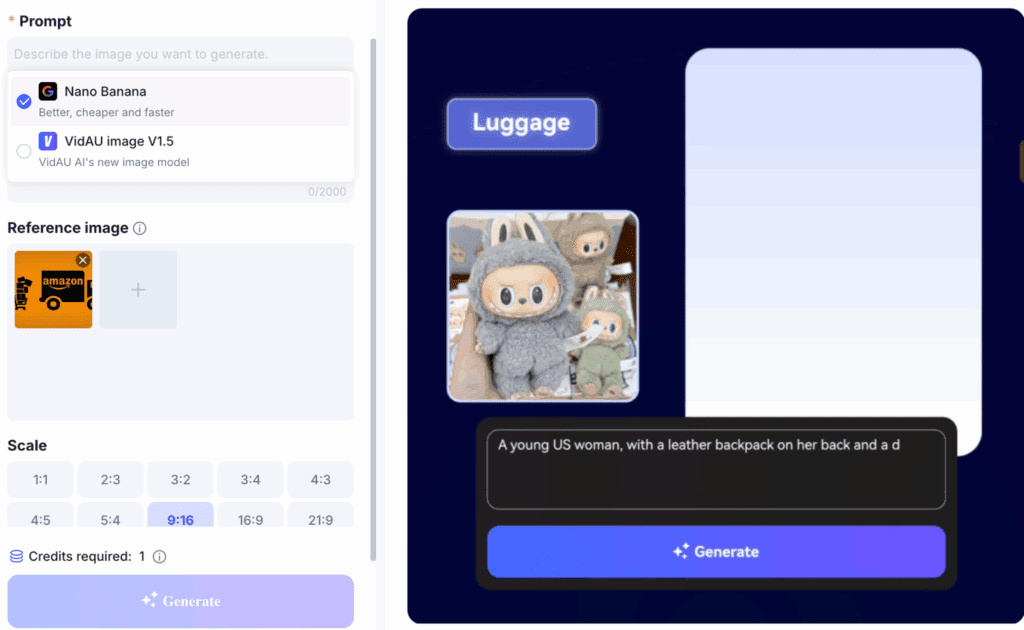
Although VidAU is primarily positioned as an AI video generator (turning images or text into dynamic videos) rather than a dedicated random image generator, it can nonetheless serve as a creative way to generate random or varied images, especially if you adopt a “random prompt” workflow.
Compressing with HandBrake or FFmpeg (Offline Options)
Step 1 — Choose your mode (text → image frame or image → video)
Step 2 — Create random prompts (simple approach)
Step 3 — Prompt examples (copy-ready)
Step 4 — Run multiple iterations (increase randomness)
Step 5 — Extract high-quality stills from video output
Step 6 — Batch generation & automation tips
Step 7 — Post-process & curate
Conclusion
A random image generator is more than just a tool, it’s a creative partner. Whether you use Picsum Photos, Canva, DeepAI, or build your own, these platforms expand how we create, learn, and design. With AI advancing and new use-cases emerging, random image generators will continue to evolve, bridging creativity, technology, and inspiration for everyone.
Frequently Asked Questions
What is a random image generator used for?
It’s used to display or create random visuals for inspiration, design testing, games, or learning activities.
Are random image generators free?
Most are free for basic use, but AI-powered ones may have paid features for higher resolution or commercial licenses.
Can I use random images commercially?
Yes, if the source allows it. Always verify the license before publishing.
How do AI random image generators differ from traditional ones?
Traditional ones pull from existing libraries; AI versions generate new images from scratch using machine learning models.

